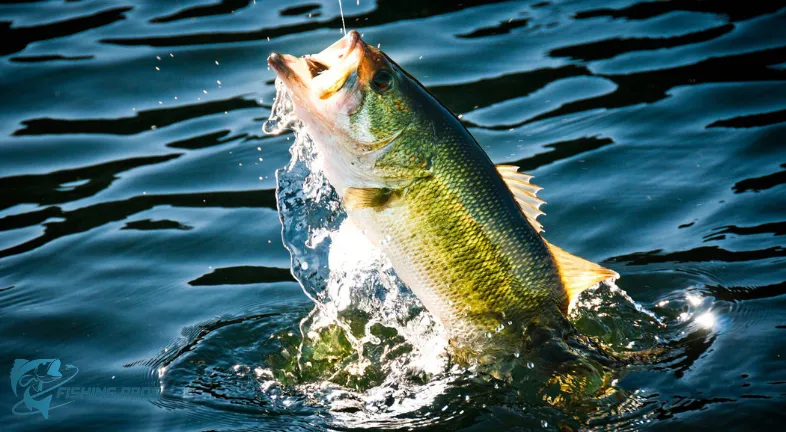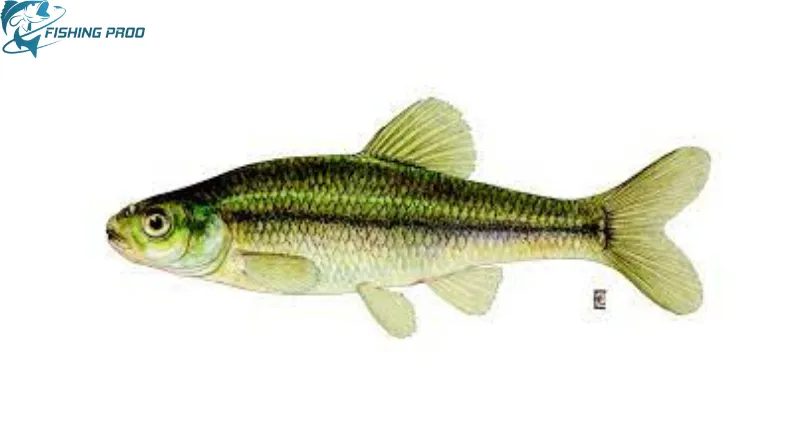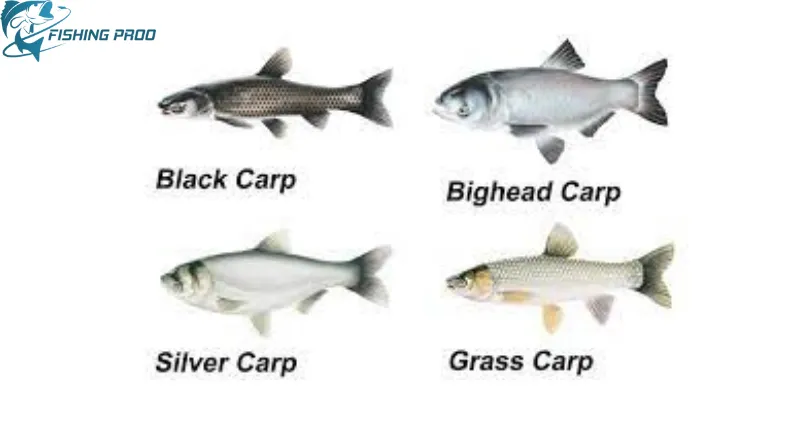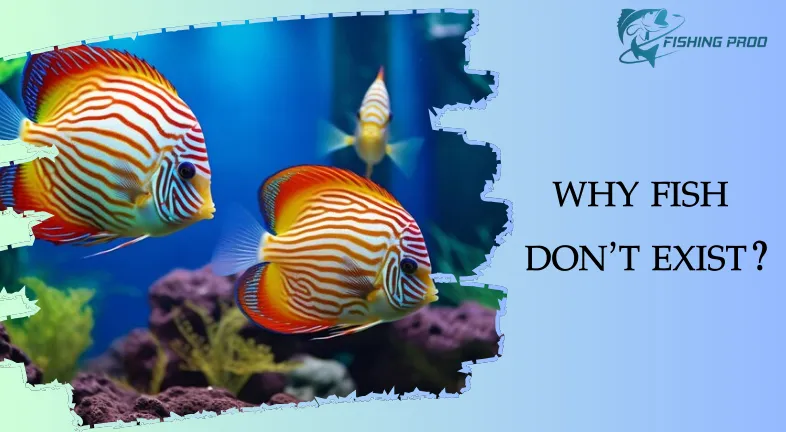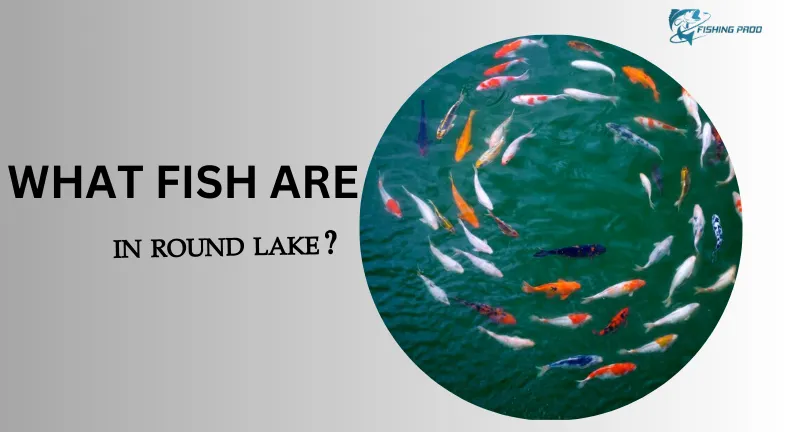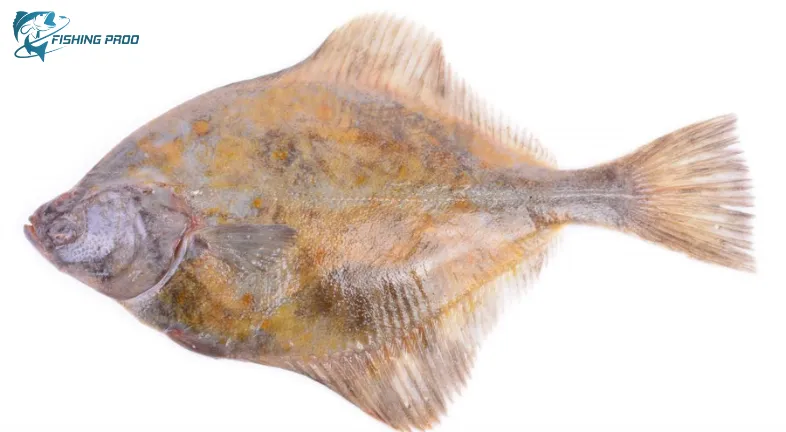RAINBOW FISHING TROUT
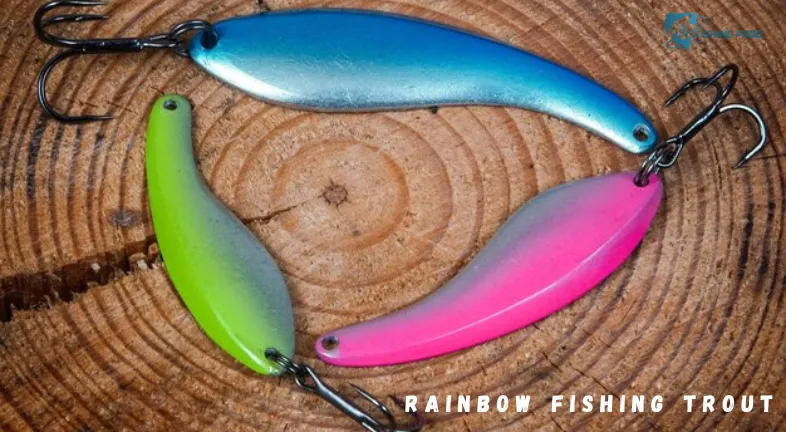
Anglers throughout the world like rainbow trout because of its dazzling beauty and fierce nature. However, selecting the ideal fly or lure might be just as important as selecting the proper hook size. Here, we explore the subtleties of choosing a rainbow trout hook, enabling you to catch more fish and spend less time frustrated on the water.
Recognizing the Contributing Elements
There is no one-size-fits-all approach when choosing a hook size for rainbow trout. The best decision is influenced by several factors:
Trout Size: Bigger fish require bigger hooks (size #4–#8), whereas tiny trout require smaller ones (size #14–#18). Think about the typical size of your fishing area.
Water Clarity: Because trout are warier in clearer water, smaller, more delicate hooks (#12–#16) are required. Larger hooks (#8–#10) are less visible in muddy seas.
Fishing Technique: While trolling and bottom fishing offer more alternatives, fly fishing often uses smaller hooks. Adapt according to your preferred approach.
Rules: Always verify local laws, as certain bodies of water have particular limitations on the size of hooks.
Hook Size Range:

The following provides an overview of the standard hook sizes for rainbow trout:
Small (#18–#22): For use with dry flies, micro jigs, and nymphs in clear water to target small fish.
Small (#14–#16): Perfect in a range of water conditions for nymphs, dry flies, and small spinners aimed at average-sized trout.
Medium (#10–#12): Good for bigger wet flies, nymphs, and little lures for murky or larger trout streams.
Big (#6–#8): Excellent for trolling bigger lures, bait fishing, and pursuing trophy trout.
Above and Beyond the Stats:
Keep in mind that hook size is only one component. Take into account these other suggestions:
Sharpen your hooks: Fish are harmed by dull hooks that snag readily. Purchase a high-quality sharpener to preserve their efficacy.
Complement the hook gauge: larger fish require thicker gauge hooks, while smaller fish and delicate presentations require thinner gauges.
Try a variety of sizes depending on the situation and the trout’s behavior. Experiment and adjust as necessary. Adapt in light of your findings.
Put the wellbeing of the fish first. Whenever possible, use barbless hooks to reduce damage and make release easier.
For trout fishermen, the line we select becomes an extension of who we are; it conveys nuanced bites and produces presentations that are perfect. But choosing the best trout line can feel like traversing a maze because there are so many alternatives available. Be at ease, my fellow fisherman. This book delves deeply into the world of trout lines, giving you the knowledge and skills to choose wisely for your next productive catch.
The following general advice applies to trout fishing
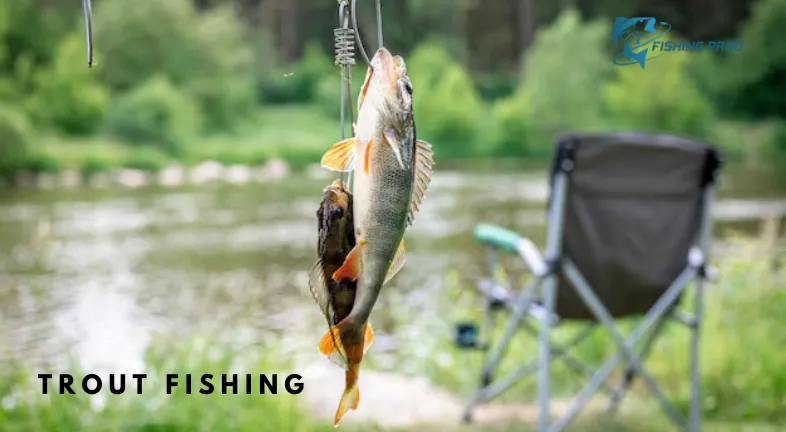
Employ light tackle: Since trout are delicate fish, it’s critical to use light tackle that won’t overwhelm them.
Fish where the action is most likely to occur: trout like clear, cold, oxygen-rich water. Find places where there are logs, rocks, or other structures so that trout may hide and ambush their prey.
Make use of the proper bait or lure: Trout are opportunistic feeders and will take a range of baits. Try out a variety of approaches to determine what works best in the water you are fishing.
Have patience: Fishing for trout can be a fun and peaceful activity, but patience is required. Since trout don’t always bite, it’s crucial to be persistent and keep casting your line.
Comprehending the Big Three:
In the trout line competition, the three primary competitors are:
The traditional option, monofilament is renowned for its stretch ability, affordability, and ease of use. It does, however, show up in clear water and absorb moisture, which changes its weight.
Fluorocarbon: Preferred for its abrasion resistance, low stretch for better bite detection, and invisibility underwater. However, it costs more and might be difficult to tie knots with.
Braided Line: Provides maximum sensitivity, zero stretch for extended casts, and remarkable strength. But it’s pricey, quite noticeable, and prone to getting stuck in your hands and on fish.
The following advice can help you catch rainbow trout
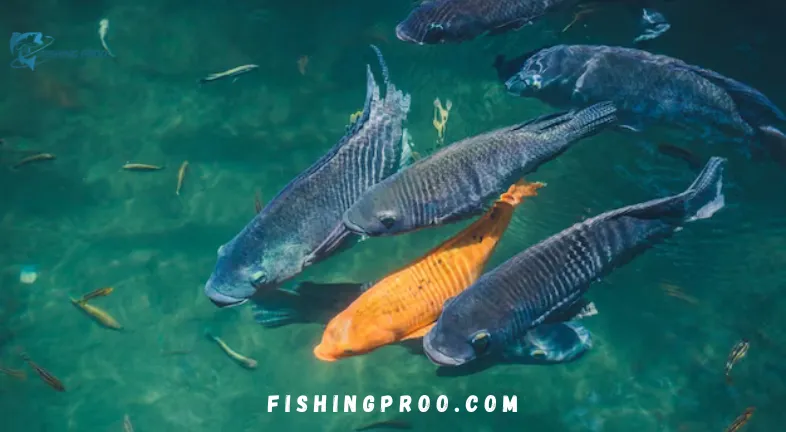
- Locate the ideal location: Rainbow trout favor chilly, oxygen-rich, transparent water. Seek out lakes, rivers, and streams that are supplied by springs or snowmelt.
- Employ the appropriate equipment: A rod and reel with a light to medium action that is spooled with a 4- to 6-pound test line works well. Gear for fly fishing is also an option.
- Rainbow trout consume a wide range of insects, crustaceans, and tiny fish, so choose the correct bait or lure. Flies, spoons, spinners, and worms are common baits.
- Precise casting is essential since trout have keen vision, so you should cast your bait or lure close to the fish to avoid frightening them away.
Fish in the early morning or late evening, when the water is colder and trout are most active.
Fish close to structure: Keep an eye out for underwater structures that trout like to hide under, such as logs and rocks.
Light tackle will assist you avoid hurting the fish and will make fighting them more enjoyable.
Engage in catch and release practices to protect the trout population for upcoming generations.
CONCLUSION
Fishing for rainbow trout is a well-liked activity for fishermen of all abilities. These stunning fish are well-known for their vivid hues, daring leaps, and mouthwatering flavor.
Fishing is a terrific way to get some exercise and fresh air while having fun and relaxing at the same time. Local fishing clubs and online lessons are just two of the many options available to assist you in getting started if you’re interested in giving fishing a try.

